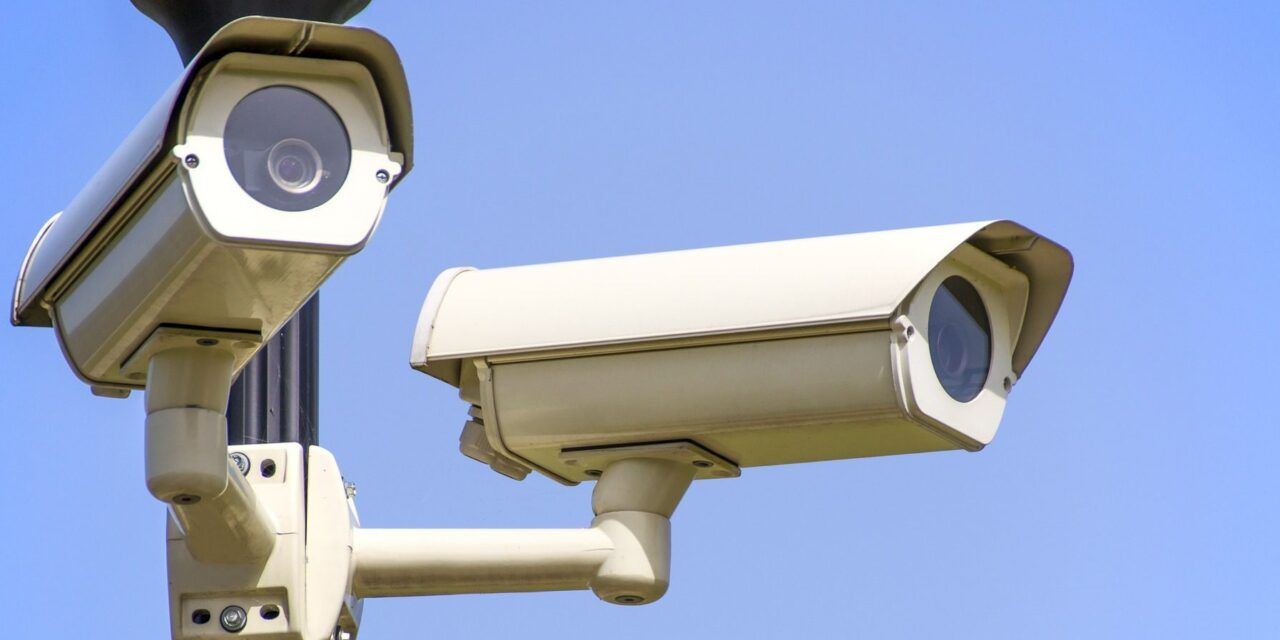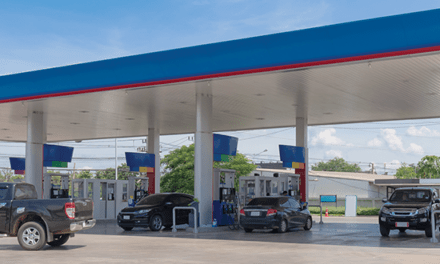
Video cameras examine inside of tanks

Video cameras examine inside of tanks
by: Lorri Grainawi
For more than ten years, industry has been aware of the degradation seen today in fuel storage systems. The 2016 EPA study (the second major study on this topic) showed that 84 per cent of the tanks investigated showed signs of significant equipment degradation.
Many times, the tank owner had no idea that anything was going on inside the tanks. Unless you are superman with x-ray vision, it’s not often that anyone sees inside their tank!
A solution to investigate the unknown is Tanknology video cameras. These cameras examine the inside of tanks with ease. Cameras used today are far superior to what was used early on. They combine superb picture quality, advanced zooming capabilities and improved illumination, allowing users to view the inside of the tank with exceptional clarity and stability. At this time, the cause of corrosion in tank systems storing ULSD remains unknown. Further research is underway by the Coordinating Research Council (CRC), a nonprofit industry group which works “to develop the best possible combinations of fuels, lubricants, and the equipment in which they are used.” To our knowledge, the EPA has no plans to independently pursue research, but will continue to cooperate with and contribute to CRC’s efforts.
Unlike previous studies, the latest study will be conducted entirely in a laboratory. One of the biggest challenges with analyzing the data in the first two major studies was all the unknowns that naturally occur from studying active sites. Examples of these unknowns include: were the systems treated with biocide in the past, what refinery/terminal was the fuel purchased from, have any other additives been used in the system, and more. Even something as seemingly simple as trying to determine if the system truly has water in it can be challenging (how long ago was water removed, is the tank installed on a slope, etc.).
By conducting this testing in a laboratory environment, each variable can be isolated. The corrosion seen in actual tank systems is recreated. This should at least eliminate some of the possibilities of what is causing the degradation. In the best-case scenario, one, or more likely a combination of possible causes, will stand as clear contributors to the degradation. In a laboratory setting, we have enough control to change conditions one by one to isolate each possible variable and determine the affect each has. It is highly likely that a number of conditions must exist in order for this corrosion to occur.
What is STI doing to help?
STI has worked with tank owners and industry on education to keep storage tank systems, and the fuel they store, clean and dry.
We’ve developed designs for steel tanks to ease removal of water – a prime cause of degradation of tank components.
Actively involved in industry groups researching the cause of the degradation.
Working with state and federal EPA on research to solve this industry-wide problem.
Actively reaching out to tank owners on their specific sites.
Attending numerous meetings regarding the ongoing research.
STI/SPFA is dedicated to working with others in finding a solution to this industry-wide problem. We know many tank owners, and equipment manufacturers, have been plagued with equipment failures, dirty fuel, and frustrations. We look forward to the day our industry solves this problem together. It could be that part of the solution is in all of us being more aware of what’s happening. Tools such as the newer technology cameras may be part of the solution. Tighter fuel quality standards for fuel when it’s used could be part of the solution. And, hopefully, answers will be found by continuing research.
Lorri Grainawi is director of Technical Services for the Steel Tank Institute-Steel Plate Fabricators Association (STI-SPFA). STI-SPFA is a trade association representing over 200 member companies who fabricate steel storage tanks for petroleum products, water and chemicals; and steel pipes and pressure vessels.
Lorri’s professional affiliations and certifications include: Secretary for ASTM D02.0E; Co-Chair of ASTM D02.14, Fuel Corrosivity committee; Chair for NACE UST committees; UL 58 STP, 142 STP, and, 971 STP committee member; ULC S600A committee member; PEI RP1200 committee member; and Clean Diesel Fuel Alliance committee member. Lorri recently received an Award of Appreciation, from the ASTM Committee D02 on Petroleum Products, Liquid Fuels, and Lubricants.


































